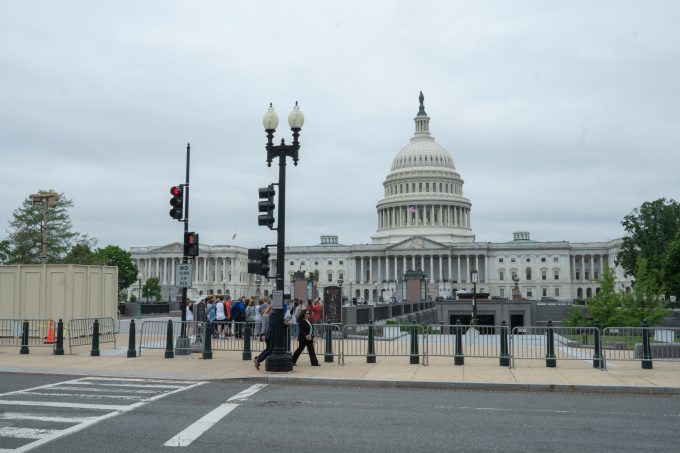Global Uncertainty Weighs on Crypto Markets
Bitcoin extended its post-Fed slide on Friday after the long-awaited meeting between former U.S. President Donald Trump and Chinese President Xi Jinping ended without a new trade deal, dashing hopes for a breakthrough in global economic relations. The outcome compounded existing macro pressures from this week’s Federal Reserve rate cut, which initially failed to boost risk appetite across digital assets.
BTC fell another 2.3% to $112,600, marking its fourth consecutive daily decline and its lowest level in nearly two weeks. Ether (ETH) traded around $3,420, down 1.1%, while Solana (SOL) and BNB each dropped more than 2%. The total crypto market capitalization slid to $4.36 trillion, according to CoinMarketCap data.
Trade Tensions and Risk Aversion
Investors had hoped the Trump–Xi dialogue would restore some stability to global markets after months of tariff disputes and geopolitical rhetoric. Instead, the absence of any concrete agreement reignited concerns about cross-border investment restrictions, technology export bans, and weakening global demand—all of which tend to reduce speculative inflows into crypto.
“The lack of a trade deal reinforces the perception that geopolitical risk remains high, which historically limits capital rotation into high-volatility assets like Bitcoin,” said Rachel Lim, a macro strategist at Orion Digital Research. “It’s a case of macro gravity pulling down crypto, regardless of on-chain fundamentals.”
The broader risk-off tone also lifted the U.S. dollar index (DXY) to a three-week high of 104.7, adding further pressure on digital assets priced in dollars. In equities, the Nasdaq Composite slipped 0.8%, while 10-year Treasury yields edged up to 4.22%—reflecting investor demand for safer returns.
Technical Levels Under Watch
From a technical standpoint, Bitcoin’s rejection near $115,000 earlier this week has turned that level into key short-term resistance. Analysts now eye the $110,000–$111,000 zone as immediate support. If that fails to hold, BTC could test deeper levels near $108,500, where the 50-day moving average currently aligns.
Trading volume on Binance and Coinbase fell nearly 12% compared to Wednesday’s post-Fed sessions, suggesting that both retail and institutional traders are waiting for clearer signals before taking new positions. Open interest in BTC futures has also declined 5% over the past 48 hours, reflecting reduced leverage and a cautious sentiment.
Market Psychology and Investor Strategy
Investor psychology has shifted noticeably since early October’s bullish run. The combination of slower global trade momentum, lingering inflation, and monetary policy uncertainty is reshaping how traders approach risk. While long-term holders continue to accumulate BTC, short-term speculators are increasingly hedging positions through stablecoins or derivatives.
Still, some analysts view the pullback as a healthy correction rather than a trend reversal. “Bitcoin remains structurally strong,” noted Lim. “But in the current macro environment, patience—not aggression—is the smarter play.”
Forward-Looking Perspective
Without progress on the U.S.–China trade front, the crypto market enters November under macro pressure and technical caution. The next catalysts may come from upcoming U.S. inflation data and new Fed guidance. For now, Bitcoin’s path depends less on miners or on-chain activity and more on global diplomacy and policy credibility—reminders that in 2025, crypto remains firmly tied to the world’s economic narrative.













https://shorturl.fm/6W2Z4
https://shorturl.fm/xOGmj